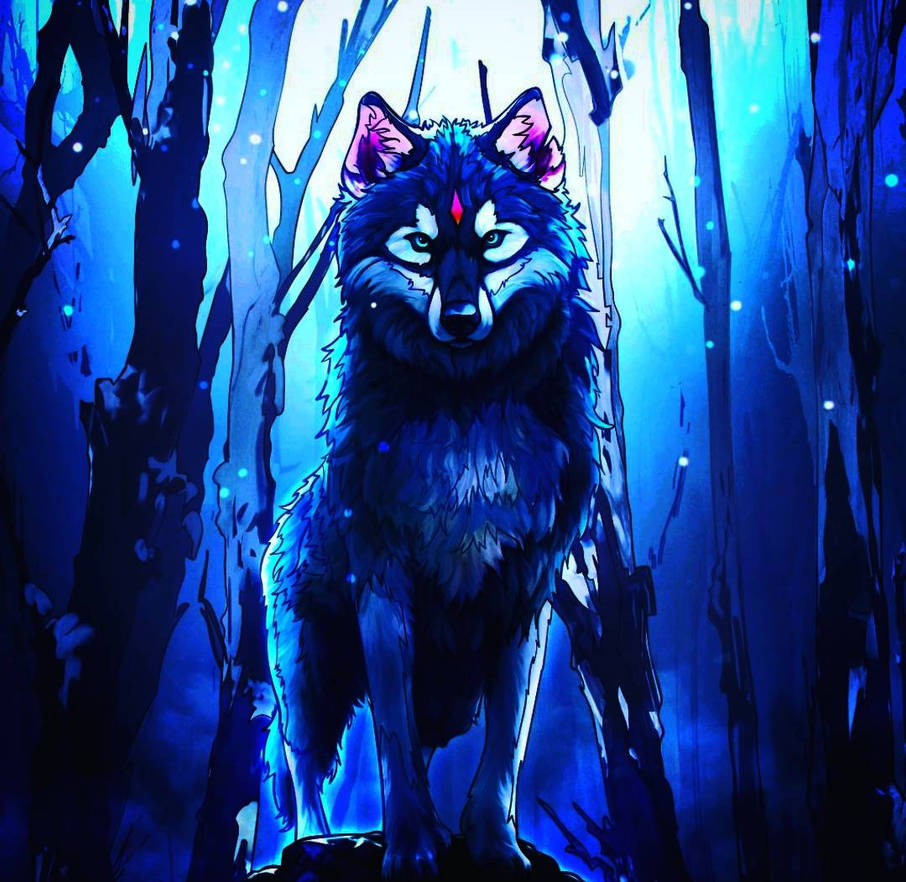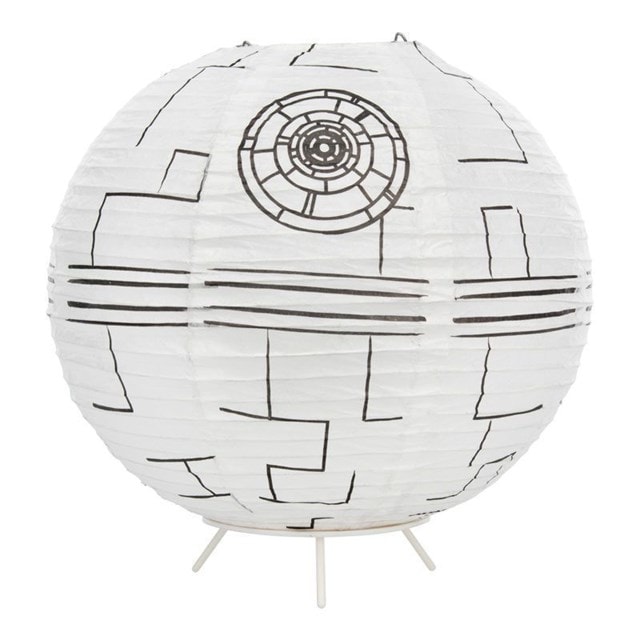The Death Stare - What It Means And Why It Happens
Have you ever felt that intense gaze, the one that seems to bore right through you, making you feel as if you are being judged with a quiet intensity? It is a look many people talk about, often called a "death stare," and it appears to carry a lot of weight for those who either give it or receive it. This particular kind of look, it seems, has a way of communicating a lot without a single word being spoken.
People often describe this piercing gaze in many different ways, yet there is a common thread running through their stories. It is a look that can make someone feel very much seen, perhaps in a way that is a little unsettling, or maybe even a little bit chilling. For some, it is a sign of deep displeasure; for others, it is simply a sign of deep thought, or perhaps a lack of outward expression. There is, actually, quite a bit of chatter about what this kind of look really means.
So, what exactly is this "death stare" people refer to, and why does it seem to leave such a strong impression? We will take a closer look at how different individuals perceive this intense form of non-verbal communication, exploring various experiences and interpretations of this rather striking visual signal. It is, in fact, a topic that sparks a good deal of conversation, as you might imagine.
Table of Contents
- What Triggers the INFJ Death Stare?
- How Do You Know You Are Gone to an INTJ - The INTJ Death Stare Revealed?
- My Own Version of the Death Stare
- The INTJ Gaze and Its Impact as a Death Stare
- Is the Death Stare Something That Can Be Owned?
- The INTP and the Death Stare - A Common Connection
- When an Emotionless Stare Becomes a Death Stare
- What the Death Stare Really Means - A Different View
What Triggers the INFJ Death Stare?
People often speak of a particular kind of intense gaze associated with individuals who have a certain way of looking at the world, often referred to as the INFJ type. This particular look, sometimes called an "INFJ stare of death," appears when someone has, in a way, caused harm or distress to another person who seems quite helpless or without defense. It is, perhaps, a response to a situation where someone is visibly feeling pain or appears to be in a very vulnerable position. This intense visual reaction might also come about when a person is standing by themselves, without anyone to speak up for them or offer support. It is, essentially, a strong, silent protest against perceived wrongdoing towards those who cannot easily protect themselves. This kind of stare, so it seems, acts as a powerful, unspoken message, a clear sign of deep disapproval from the person giving it. It is, you know, a very direct form of communication without words.
How Do You Know You Are Gone to an INTJ - The INTJ Death Stare Revealed?
When it comes to individuals who are often described as INTJ types, there is a distinct kind of gaze that people talk about, sometimes known as the "INTJ death stare" or simply the "INTJ gaze." If you are wondering how to tell if you have, in a manner of speaking, become irrelevant or "dead" to an INTJ, the answer is, quite honestly, that it will be very clear. There will be no question about it. This particular look, this "INTJ gaze," is said to reveal that very state. It is not something that requires much guessing or deep thought; the message conveyed through their eyes is, apparently, quite direct and unmistakable. It is a look that, for many, communicates a complete disengagement or a sense of having been dismissed from their consideration. So, in other words, if an INTJ looks at you in this particular way, you will likely feel the full impact of their detachment, rather immediately.
My Own Version of the Death Stare
For some people, their own personal interpretation of this powerful gaze, this "death stare," can be a little bit different from what others might describe. When I, for instance, think about my own way of giving such a look, it involves a very intense kind of visual focus. I will, in fact, direct a gaze that feels like sharp objects at another person. This look is, you know, quite unwavering; there is no blinking, no turning away, and my attention is completely fixed on the individual I am looking at. It is a look meant to convey a very strong message, one of deep displeasure or perhaps a challenge, without uttering a single sound. This kind of stare, for me, is about projecting a very concentrated form of disapproval through my eyes alone. It is, in some respects, a very personal and direct way of communicating a strong feeling, rather than using words.
- Audrey Stone Dimond
- %D1%81%D0%BE%D1%84%D0%B8 %D1%82%D1%91%D1%80%D0%BD%D0%B5%D1%80
- Frank Dillane Relationships
- Is Malia Obama Getting Married
- Mike Myres
The INTJ Gaze and Its Impact as a Death Stare
The look often associated with INTJ individuals, sometimes referred to as the "death glare" or "death stare," is largely characterized by a noticeable absence of any outward facial expression. This neutral facial appearance, which is, actually, a typical way for many INTJs to hold their face, can be particularly unsettling for people who tend to be more emotionally expressive or who rely on visible cues to understand others' feelings. It is called a "death stare" or "death glare," not because it implies actual physical harm, but rather because of the powerful emotional effect it can have on those who experience it. For those who are more attuned to emotional signals, this lack of visible feeling can feel quite unnerving, almost as if the person giving the look is completely disengaged or without any warmth. It is, in fact, the very stillness of the face that lends this look its considerable impact, making it feel very potent to others.
Is the Death Stare Something That Can Be Owned?
There has, at times, been discussion about whether a concept like a "death glare" could even be considered something that one could legally claim ownership over, like a patented idea. This was, in fact, a point that some people were debating. However, for many, the very idea of getting into such a discussion holds little interest. Frankly, there is no real desire to argue about it, especially since what one person might consider a "death glare" could be seen as something entirely different by another. The interpretation of such a powerful, non-verbal signal is, you know, very much up to the individual observing it. What one person perceives as an intense, unyielding gaze meant to convey strong disapproval, another might simply see as a person deep in thought or perhaps just having a naturally serious expression. So, the idea of a universal definition, or even a patentable one, seems, arguably, a bit unlikely given the varied ways people experience and understand this kind of look.
The INTP and the Death Stare - A Common Connection
It seems that when people talk about individuals who are known for giving a particular kind of intense gaze, often called the "death stare," those who are identified as INTP types frequently come up in conversation. I was, in fact, just looking at some examples of these intense looks among INTPs, and it really does appear that they are among the most recognized individuals for giving such stares. This observation suggests that this specific kind of gaze is, in some respects, a common characteristic associated with this personality type. It is almost as if there is a shared way of expressing deep thought or a focused kind of attention that manifests as this intense visual. This connection between INTPs and the "death stare" is, you know, quite a recurring theme in discussions about how different people communicate non-verbally. It is, apparently, a very distinctive trait that many people have noticed and commented on, much like looking at pictures of INTPs themselves.
When an Emotionless Stare Becomes a Death Stare
It is, frankly, quite amusing how similar some descriptions of this intense gaze can be to someone you might know, perhaps even a person you have feelings for. For instance, someone's intense looks might be described as having very little outward feeling, which, in a way, can be a little funny to observe. The reason these looks are often perceived as a "death stare" is precisely because they appear so calm and unchanging, almost like a statue. This lack of visible emotion can, paradoxically, make the person receiving the look feel very much heard and truly understood, as if the person giving the stare is absorbing everything without judgment. During these moments, the eyes of the person giving the look might open up just a little more than usual, and their face can become a bit tight. It is, you know, a very focused kind of expression. While "death stare" might not be the most fitting phrase to describe it, it is, nevertheless, the term that has been used to talk about it in various discussions, so it is the one that gets used. It is, perhaps, more like a look that says, "I have completely taken in what you are saying," or "I have fully processed this information."
What the Death Stare Really Means - A Different View
The term "death stare," while widely used, might not be the most precise way to describe the intense, unblinking gaze that many people experience or give. It is, you know, a phrase that has gained popularity, but perhaps it does not fully capture the essence of what is happening. For some, this look is less about conveying a feeling of doom and more about a very deep level of concentration or processing. When someone gives this kind of look, their eyes might seem to widen just a little, and the muscles in their face can become somewhat firm. This is, in fact, a common observation among those who have seen or given such a look. The term "death stare" is simply what people have called it in various online discussions and forums, so it has stuck. However, a more accurate description might be something like a "checked the situation out" look, or a "deeply absorbed" gaze. It is, basically, a very focused way of looking at something or someone, indicating a strong internal process rather than an outward display of strong emotion. This is, apparently, a common point of discussion, suggesting that the popular name might not fully reflect the real meaning behind the look.
This discussion has explored the various ways people talk about and experience what they call the "death stare." We have looked at how this intense gaze might appear when someone feels a vulnerable person has been wronged, as seen with INFJ types. We also considered how an INTJ's distinct lack of facial expression can be perceived as a powerful "death stare," making it quite clear when they have disengaged. Furthermore, we touched upon personal interpretations of this unblinking, focused look and the idea that it is often connected with INTP individuals. We also considered how an emotionless appearance can be misunderstood as a "death stare" when it might simply be a sign of deep listening or stoic contemplation, suggesting that the common name for this look might not always capture its true meaning.
- Dolphin Assisted Birth
- Sad Cat Is Sad
- Cardi B Bbl Latest
- Paloma Jim%C3%A9nez Movies
- Cast Of Descendants

Does it look like I care? :Death_Stare: by SpicyButterflyx on DeviantArt

Death Star II | StarWars.com

Death Star Star Wars Lantern Desk Lamp | HMV Store